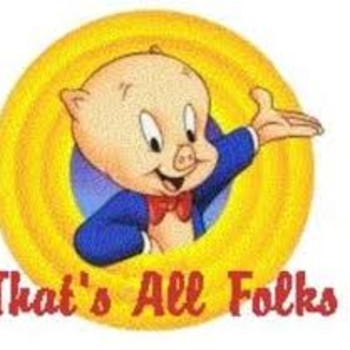Using an unfair die, where rolling even is three times higher than of rolling odd, what is the probability of rolling a 5 given we've rolled an odd number?
1 Answer
Explanation:
We're given an unfair die (I'm assuming it's a loaded 6-sided die) such that the probability of even is three times more than the probability of odd.
What is the probability of rolling a 5 given that we've rolled an odd number.
Conditional probability is found using:
which says "The probability of event B, given event A, equals the probability of A intersect B divided by the probability of event A".
Event B is rolling a 5 and event A is the rolling of an odd number.
What is
What is
And so we get:

